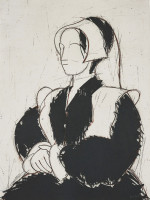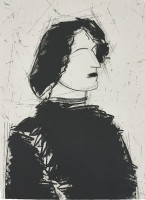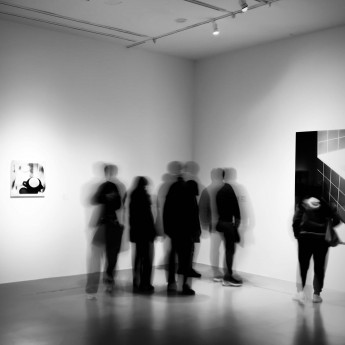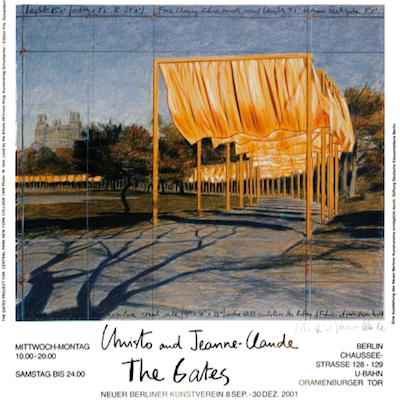
Details
Artist
Styles
Etching; 25 signed and numbered copies; Perfect condition // Desnudo VI by Manolo Valdés, created in 2002, is a limited edition etching featuring a minimalist line drawing of a crouching nude figure. The work is part of an edition of 25 signed and numbered copies. In this composition, the figure is bent forward, with arms tucked in, presenting an intimate, introspective pose. The outline is simple and unembellished, yet captures the subtle curves and balance of the human body. The light, almost translucent background allows the fine lines of the figure to stand out, evoking a sense of vulnerability and quiet contemplation. Valdés’ approach strips the figure to its essential form, emphasizing the beauty and fragility inherent in the human posture.
Desnudo VI, 2002
form
Medium
Size
60 x 50 cm
- Inches
- Centimeters
Edition
Price
- USD
- EUR
- GBP
Details
Artist
Styles
Etching; 25 signed and numbered copies; Perfect condition // Desnudo VI by Manolo Valdés, created in 2002, is a limited edition etching featuring a minimalist line drawing of a crouching nude figure. The work is part of an edition of 25 signed and numbered copies. In this composition, the figure is bent forward, with arms tucked in, presenting an intimate, introspective pose. The outline is simple and unembellished, yet captures the subtle curves and balance of the human body. The light, almost translucent background allows the fine lines of the figure to stand out, evoking a sense of vulnerability and quiet contemplation. Valdés’ approach strips the figure to its essential form, emphasizing the beauty and fragility inherent in the human posture.
- Recently Added
- Price (low-high )
- Price (high-low )
- Year (low-high )
- Year (high-low )
Manolo Valdés
Dama Con Sombrero (Pamela I), 2013
Limited Edition Print
Collage
Currently Not Available
Manolo Valdés
Botticelli Como Pretexto III, 1996
Limited Edition Print
Mixed Media
Currently Not Available
What is site specific art?
Site-Specific Art is a form of artwork created to exist in a particular location, with the artist considering the site as an integral part of the creative process. Robert Irwin was a key figure in promoting this art form in California. Site-Specific Art emerged as a reaction against modernist objects, which were often portable, commodified, and confined to museum spaces. In contrast, Site-Specific Art is inherently tied to its location, challenging the traditional notions of art as a transportable and marketable commodity.
































